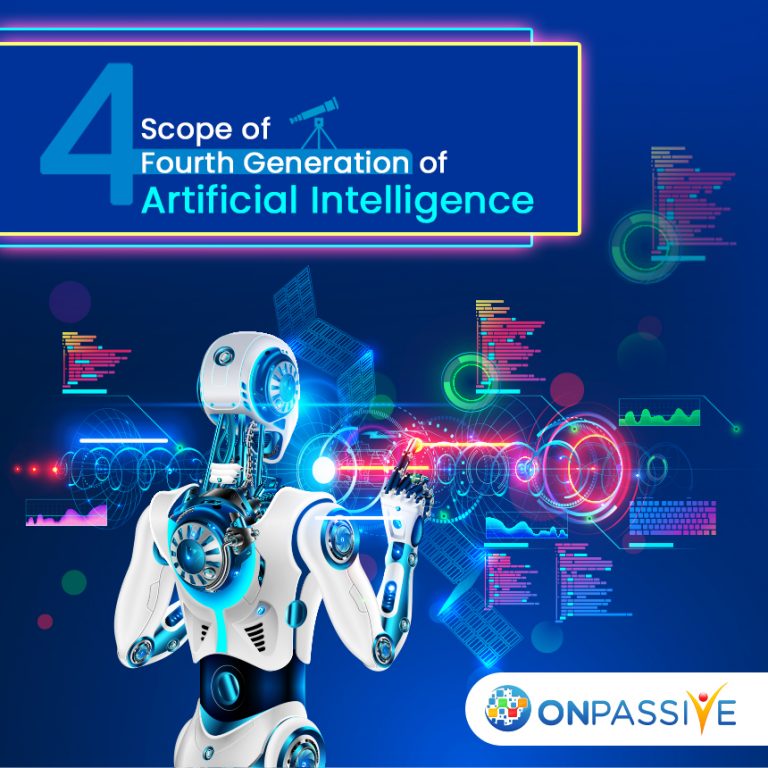
Artificial Intelligence (AI) is the most highly sophisticated technology ever developed. However, it is not nearly as new as to think. It has undergone several changes from the year 1950.
- The first generation of AI was used as ‘descriptive analytics,’
- The second generation of AI was used as ‘diagnostic analytics.’
- The third and current generation is used as ‘predictive analytics.’
While predictive analytics can be beneficial and save time for data scientists, it is still entirely dependent on historical inputs.
Data scientists are left helpless when faced with new, unknown scenarios.
To have accurate “artificial intelligence,” we need machines that can “think” independently, especially when faced with unfamiliar situations.
We need AI that cannot analyze the data shown but expresses a feeling when something does not add.
In short, AI uses that has mimics as “Human Intuition.”
Human Intuitions
The fourth generation of AI is called ‘artificial intuition,’ which enables the computers to recognize the threats and opportunities without being told allow to decisions without specifically being instructed on how to do.
It is similar to a seasoned detective who enters a crime scene and knows which something does not seem correct. Alternatively, an experienced investor who can manage a trend before anybody does.
The concept of artificial intuition was considered impossible five years ago.
Now, organizations like Google, Amazon, and IBM are developing solutions, but a few companies have already managed to operationalize it.
Benefits of Artificial Intelligence Technology that help Humans
How does it work?
How does artificial intuition accurately analyze anonymous data without any historical context to point it in the right direction?
The answer lies inside itself.
Once presented with a current dataset, artificial intuition’s complex algorithms can identify any correlations or anomalies between data points.
It does not happen automatically. However, instead of developing a quantitative model for processing data, human intuition applies to the qualitative method.
It analyzes the dataset and develops a conceptual language that represents the overall configuration as observed.
This language uses various mathematical models such as
- Matrices
- Euclidean and multidimensional space
- Linear equations and eigenvalues to represent as an enlarged image.
It envisions this enlarged image as a puzzle; artificial intuition can glance at the completed puzzle from scratch. And then, it works backward to fill in the gaps based on the Eigen vector’s interrelationships.
In linear algebra, this eigenvector is a nonzero vector that changes by a scalar factor when applying the linear transformation.
This concept assists in imagining anomalous identifiers. Eigenvector does not fit into the immense imagination, is undetermined.
How to use Artificial Intuition?
Artificial intuition can be applied globally as Artificial Intelligence fourth industrial technology but is currently making considerable headways for financial support.
Large global banks are increasing effect to detect sophisticated new financial cybercrime schemes, including
- Money laundering
- Fraud
- ATM Hacks
Anonymous financial activity is usually hidden among thousands and thousands of transactions with their own set of connection parameters.
By using a too complex mathematical algorithm, artificial intuition rapidly recognizes the five most significant limitations for analysis.
In 99.9% of the cases, when analysts get the five most important ingredients and interconnections out of tens of hundreds, they immediately identify the type of crime being presented. Artificial intuition can produce accurate data, identify this data, and detect it with a higher accuracy level. Moreover, a lower level of false positives and present it easy for the perfect analysis.
Hidden, such relationships for innocent transactions, artificial intuition detects and alerts banks with the “unknowns.” Not only that, the data is explained that is traced and logged into it. It enables bank analysts to design enforced anonymous activity reports to the Financial Crimes Enforcement Network (FCEN).
How artificial intuition affects workplaces?
Artificial intuition is not intended to provide service as a replacement for human instinct. It is an additional tool that helps people that perform their jobs efficiently.
In the banking example shown above, artificial intuition not making any final decisions independently. The analyst’s job is to review the identified transactions and confirm the machine’s suspicions.
AI has undoubtedly come a long way since Alan Turing first presented the concept back in the early 1950s. Artificial intuition marks the point when AI indeed became “intelligent.”



Michael L Taylor Fullilove
3 years ago
Shirley Dotson
3 years ago